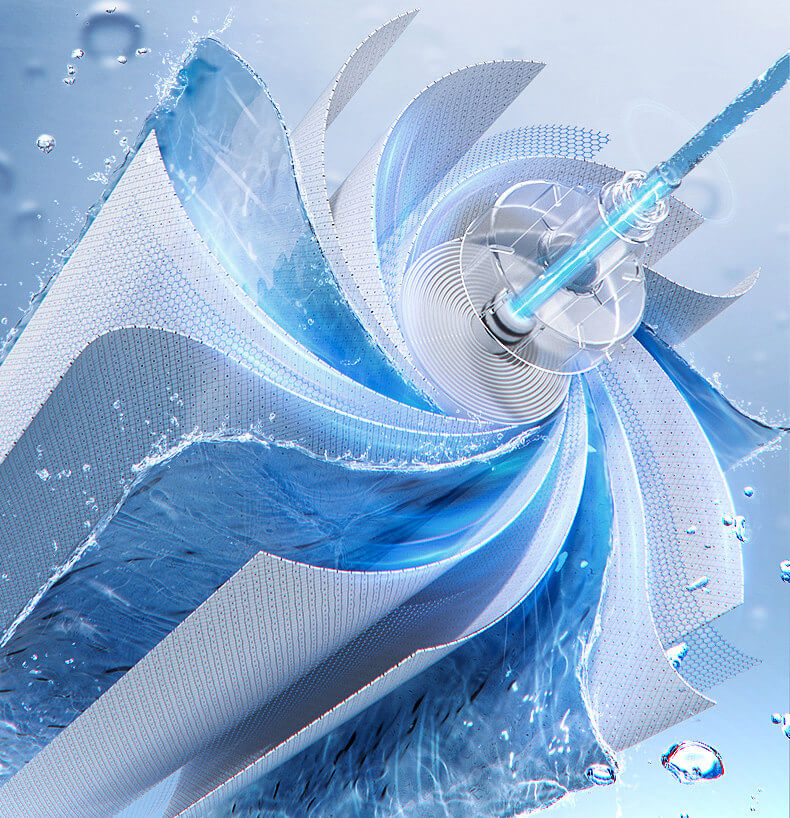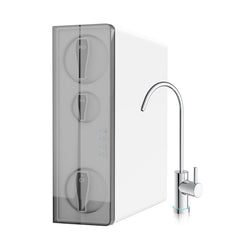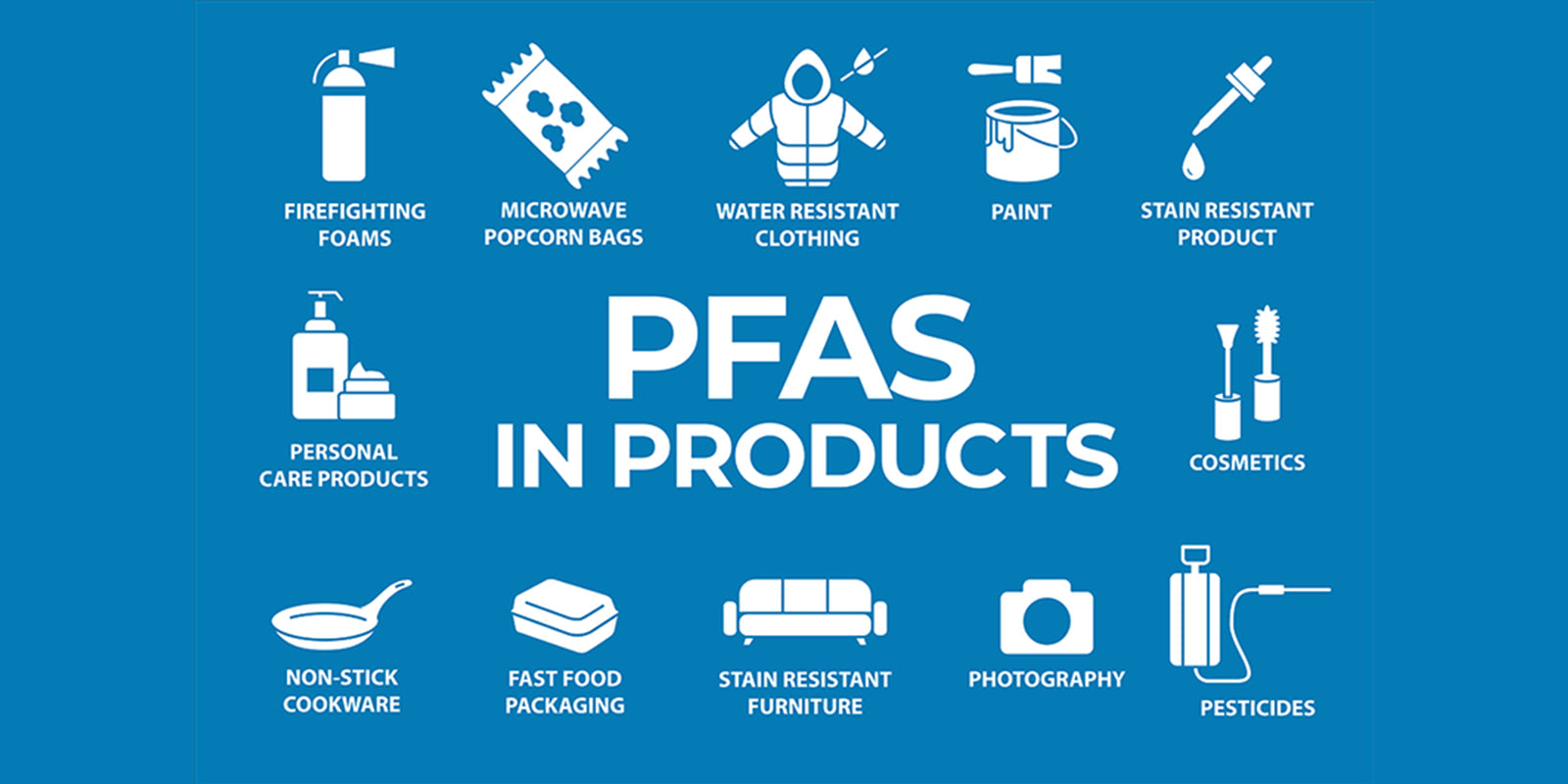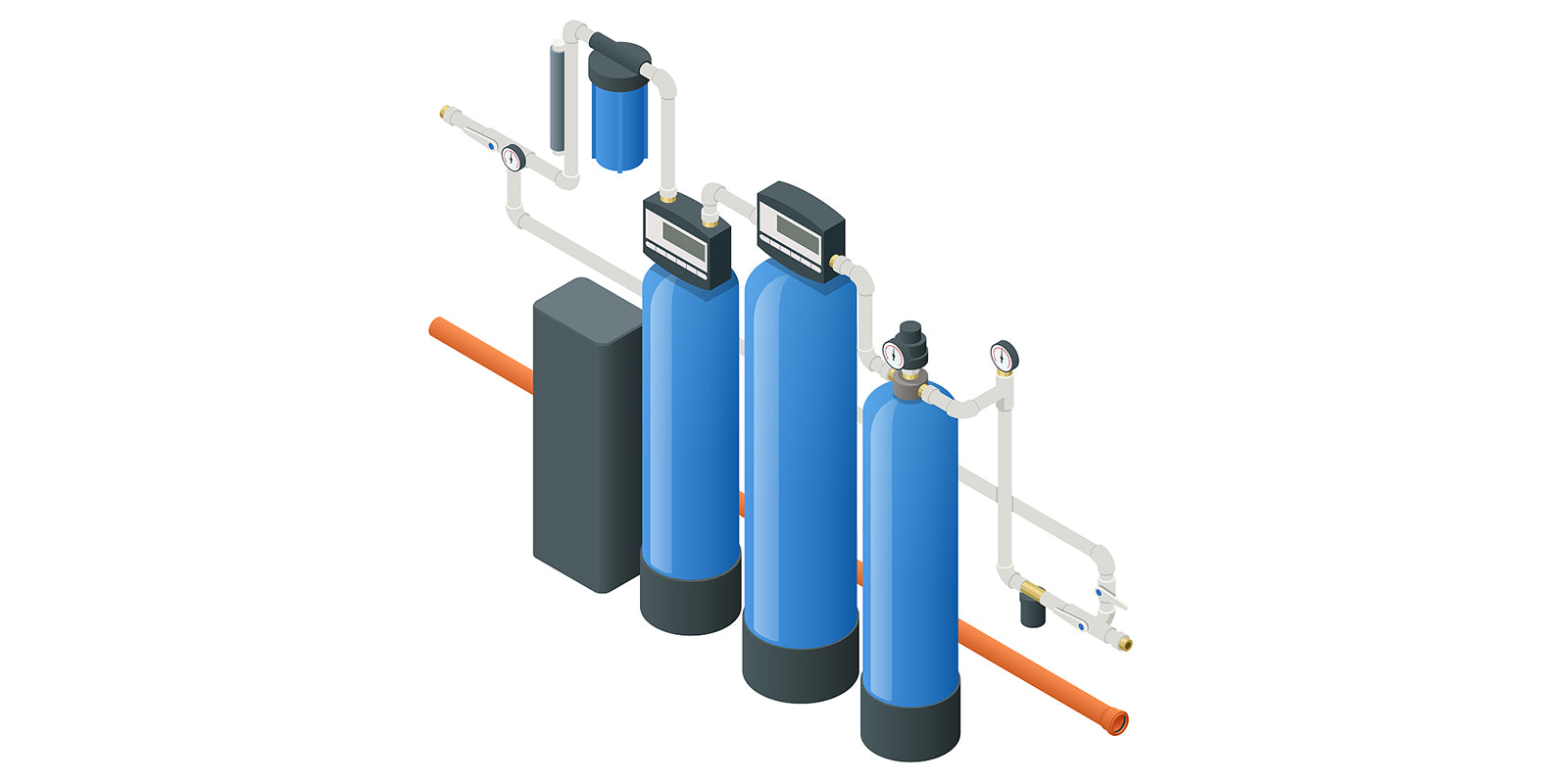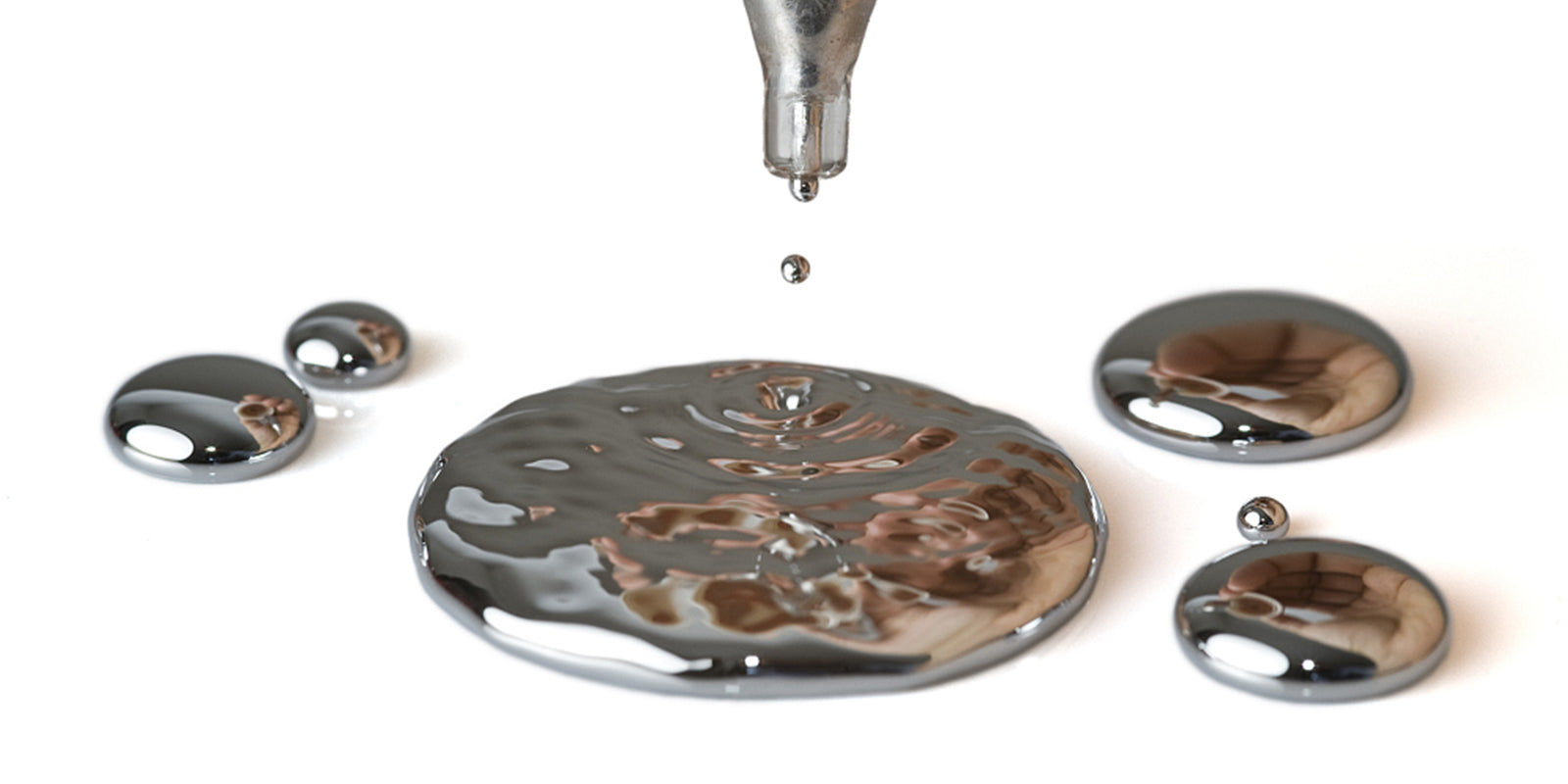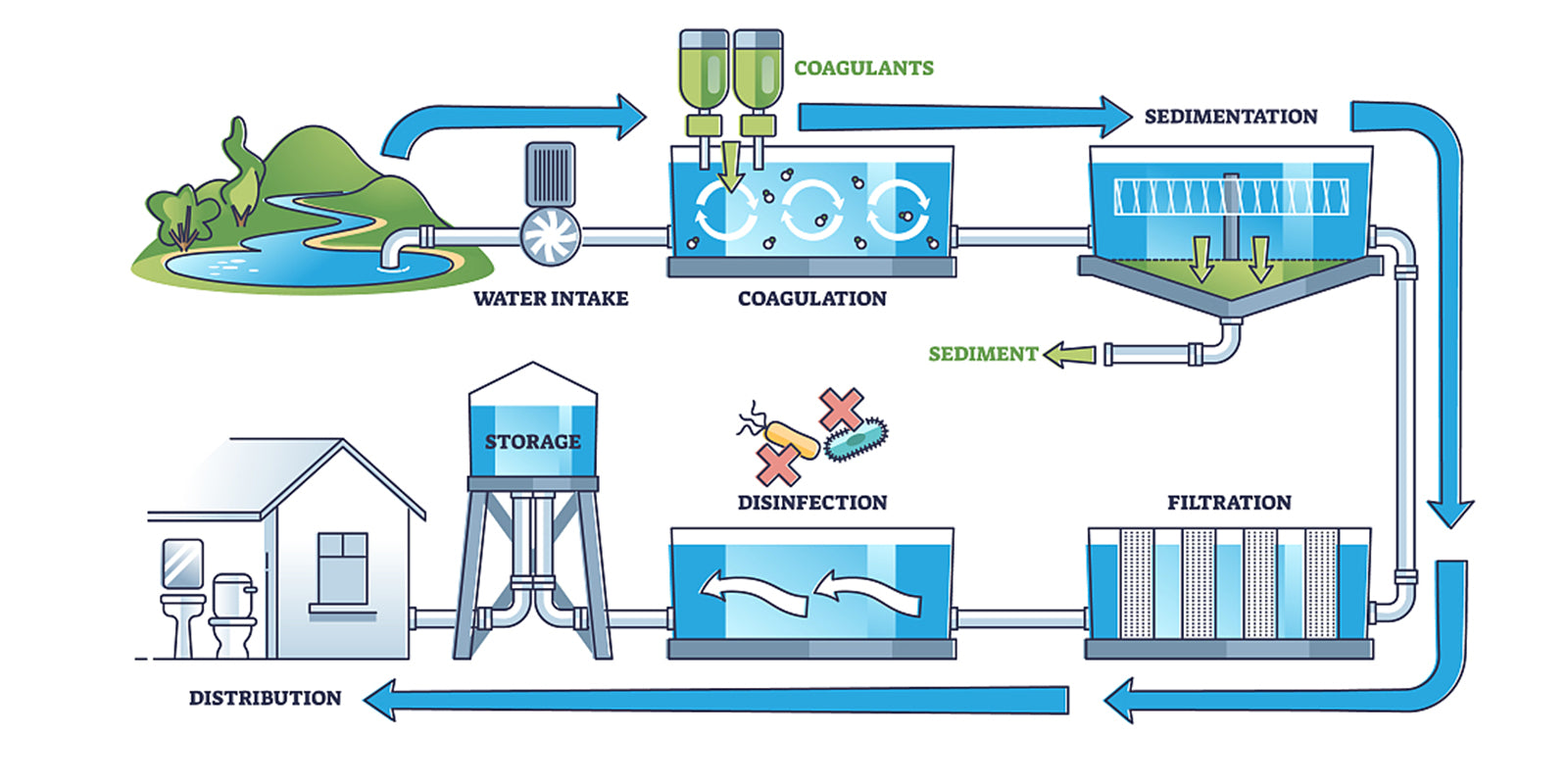Most have likely heard of reverse osmosis before, but unless they already have a system in their home, they might not know exactly what it is or how reverse osmosis works. Reverse osmosis is one of the most refined methods of water filtration, and it can improve water quality and taste, even when the tap water is already treated.
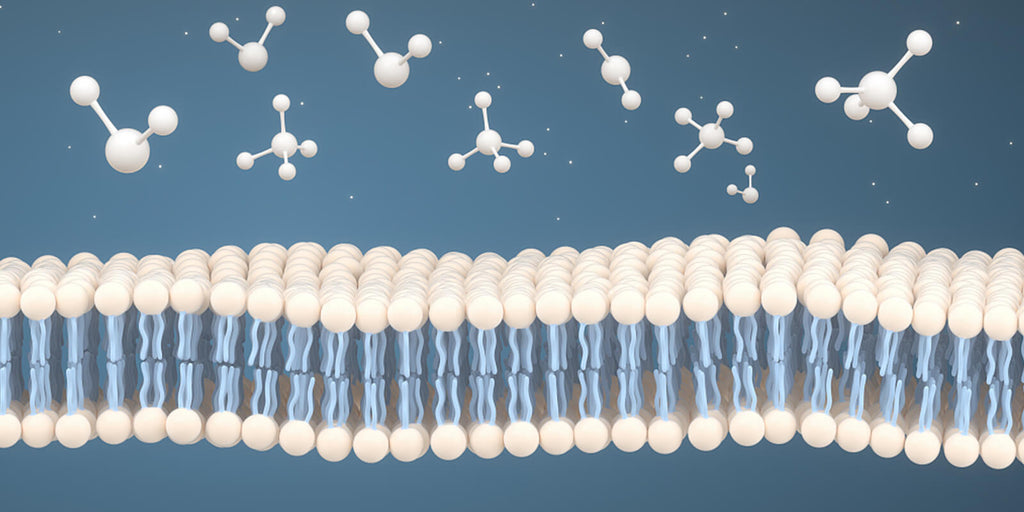
To understand reverse osmosis, let’s start with defining osmosis. Normal osmosis naturally always travels from the highest concentration of water to the lowest concentration. When thinking about osmosis in action, consider how the roots of a plant draw water and nutrients from the soil — this process of the roots drawing the nutrients and water through the soil is osmosis.

At its base level, the reverse osmosis process is similar to osmosis, involving molecules moving through a semipermeable membrane to filter out water contaminants. However, the primary difference is that reverse osmosis requires an external pressure to force the water through the membrane because it is doing the opposite of what is found in nature. The unfiltered water has a lower concentration of pure H2O versus the higher concentration on the opposite side of the filtration membrane. So in order for the water to flow through the system, it needs to be pushed by external forces. The reverse osmosis membrane blocks contaminants large and small, leaving the fresh, uncontaminated water on one side of the membrane and the contaminants on the other side.

